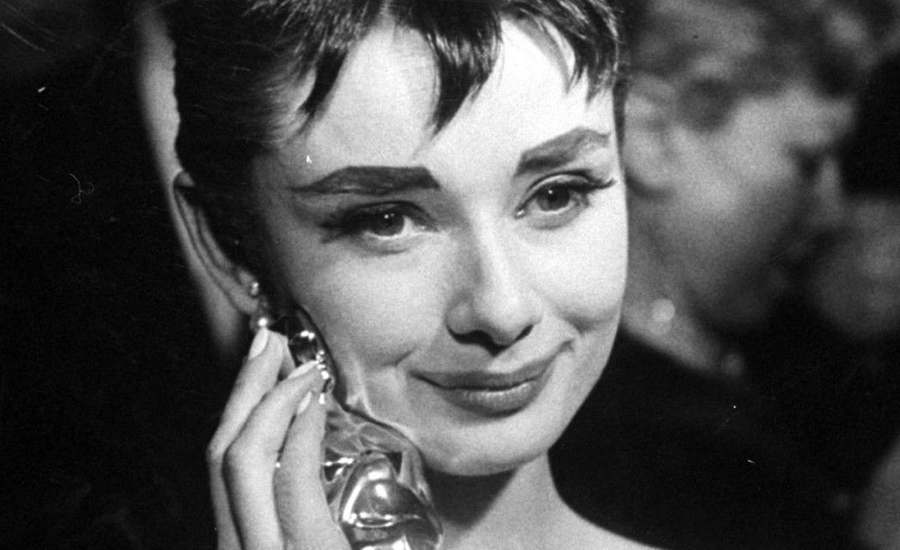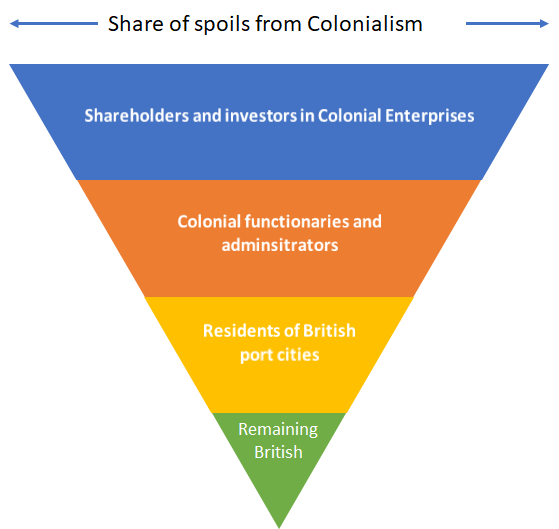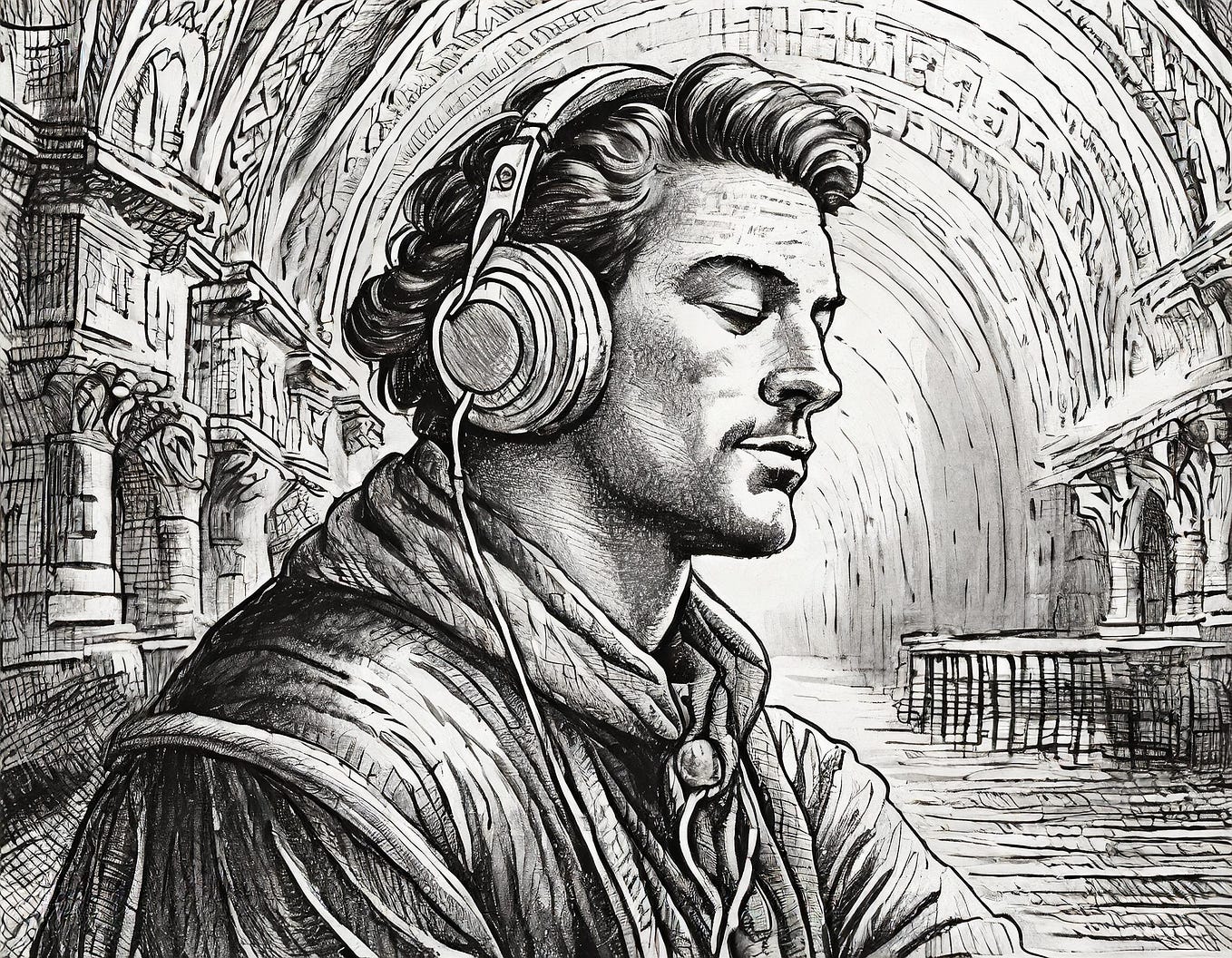What’s In A Name? The Origins Of Sydney’s Street Names
AKA a snapshot of the who’s who of the British Empire in 1810
For those of us who live in Sydney — we’ve walked the streets of the CBD 1,000s of times, knowing them intimately.
We know which ones are one way (and whether north or southbound), the best places to find a car spot, that there is always a homeless guy on the corner of George and Market Sts (who earns $50K pa via donations) and that the Town Hall Steps are the official meeting point.
Au fait with Sydney we may be, but when you’re standing at the corner of George and Market — do you know what the names George St and Market St actually refer to?
The street names of a city are particularly interesting as they offer insight into its unique history, providing a snapshot view into the ‘world as it was’ in the years of its youth.
In Sydney’s case, you are provided with a glimpse into the Colony of New South Wales and the British Empire, much of it as it was in 1810 — when the newly minted Governor Macquarie issued a proclamation relating to street names to remove duplication and bring some order.
The street names largely fall into one of the following categories:
- Royals
- Prominent Personalities of the Empire
- NSW Governors
- Prominent Australians
- Functional Designations
I’ve had a go at visually representing these on the map of the CBD in Figure 1 below. Apologies for my poor MS Paint skills.
Streets conforming to a category are often largely co-located (e.g. the governors are largely clustered in the north eastern part of the map). That said, let’s have a deeper look at the meaning behind each particular street name:
Royals:
Represented in purple above, the royals take centre stage when it comes to the Sydney CBD. The family as it was in 1810 are immortalised through the following streets:
- George St: Named after George III, the reigning British monarch at the time. This was formerly High St prior to 1810.
- York St, Sussex St, Clarence St, Kent St, Cambridge St and Cumberland St: These refer to the Ducal titles of King George III’s sons
- Prince Albert Rd: After Prince Albert, Queen Victoria’s consort (though this came in well after 1810).
- George III’s queen, Charlotte was also honoured with a street; times change however, and she was replaced by Grosvenor St, Harrington Lane and Barton St.
Prominent People of NSW:
If you’d manage to hold the office of Governor of New South Wales by 1810, then you were in luck and would have secured yourself a street in your honour. Other governors did however also manage to get themselves memorialised. These are reflected green above and include:
- Philip St — Arthur Philip, our first governor.
- Hunter St — John Hunter, the second governor after whom the Hunter Valley is also named
- King St — The third governor of NSW
- Bligh St — The ill-fated fourth governor of NSW. One can’t help but notice that Bligh St seems to run a little shorter than the others. I wonder if it is a non too subtle nod to the mutiny which ended his tenure somewhat prematurely?
- Macquarie St — so named just 10 months after he landed the job no less.
- Young St — Sir John Young, Governor of NSW 1861–67
- Loftus St — Lord Loftus was Governor of NSW, 1879–85.
- Martin Pl — Sir James Martin, though strictly not a governor was three times Premier of New South Wales, and Chief Justice of the Supreme Court of New South Wales from 1873 to 1886.
- Carrington St: Baron Carrington was Governor of NSW, 1885–90.
Other Australians (in brown):
- Bent St: Named by Macquarie in 1810, possibly because it literally is bent, or for Ellis Bent (1783–1815), Deputy Judge Advocate, 1809–1815.
- Elizabeth St: Named by Governor Macquarie in 1810, for his second wife, Elizabeth Henrietta Campbell (1778–1835).
- Erskine St: Rev. George Erskine, a Wesleyan Minister in the 1830s (it was proclaimed in 1834), who owned land in the area and lived and died here (the suburb of Erskineville is named after Rev. Erskine).
- Hickson Rd: R. R. P. Hickson was chairman of the Sydney Harbour Trust, 1901–12.
- Reiby Pl: Named for Mary Reiby, (1777–1855), convict, businesswoman, shipowner. If her name sounds familiar, it should be — she’s the lady on our $20 note.
- Wynyard St: Named after Edward Buckley Wynyard, commander of the British forces in Australia from 1848 to 1853, and member of the legislative assembly. He was an Englishman, but I’ve listed him here as he actually spent some time here unlike those I’ve listed under “Prominent Brits”.
Prominent Brits:
- Bathurst St: Henry, 3rd Earl of Bathurst (1762–1834), Secretary for War and the colonies 1812–27.
- Liverpool St: Robert Banks Jenkinson 2nd Earl of Liverpool, Prime Minister of England and at the time of naming was Secretary for War and Colonies 1809–12.
- Castlereagh St: St. Viscount Castlereagh, a key statesman in the empire, holding a number of posts such as foreign secretary and managed the coalition against Napolean. He was however not so popular (due to the policies he had to implement) and Lord Byron wrote a none too flattering poem about the man.
- Pitt St: William Pitt, British Prime Minister. It has been argued that it relates to the pits excavated in the tank stream. I discount this given how long the street is (implying prominence), and a British PM such as Pitt would meet this supposition.
- Goulburn St: Frederick Goulburn arrived in Sydney in 1820, and was the first official Colonial Secretary.
- Harrington St: Lord Harrington, Earl of Stanhope
- Argyle St: Strictly this was actually named after Lachlan Macquarie’s home country, but it belonged to the peerage of the Duke of Argyll in Scotland.
Functional Names:
A number of streets were named based on features on/near the street, or their specific functions.
- Barrack St: Led to the military barracks
- Bridge St: The first Bridge crossed the Tank Stream near the intersection with Pitt St.
- Cathedral St: Being adjacent to St Marys cathedral
- College St: Sydney University was formerly based here, and was in the 1850s replaced by Sydney Grammar School which stands here today.
- Grosvenor St: The Grosvenor hotel was on this street. Previously it was named Charlotte St after King George III’s wife (which in turn became Queen St once it crossed George St).
- Harbour St: Leads to darling harbour
- Lime St: Possibly Lime is a reference to the nautical nature of the St, as limes, rich in vitamin C, were used by sailors to ward off scurvy.
- Lower Fort St: The street down which soldiers marched from/to their barracks
- Market St: Named by Macquarie in 1810 when he announced his intention to build new markets here, fronting George St. (QVB site).
- Park St: In 1810 it extended only to Hyde Park. By 1831, it had crossed the Park to College St
- Windmill St: One of the first streets in Millers Point, it ran to three windmills operated by Jack Leighton on the Point from about 1815
I hope this proved to be of some interest to you…and that the next time you’re walking about your own town, you will spare a moment to consider the name of the street you are walking on, and the part it (or it’s eponym) played in your town’s history.








